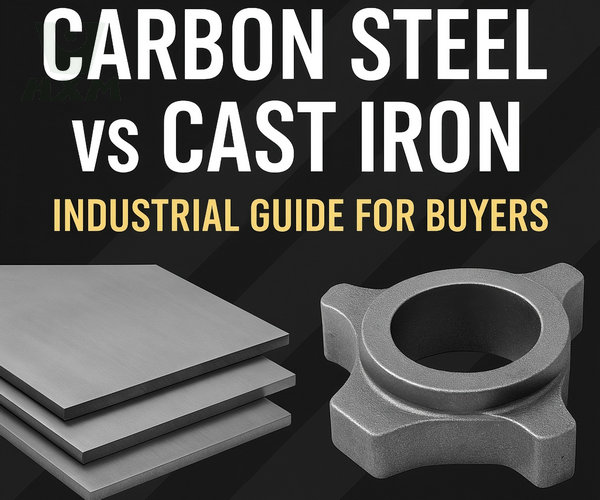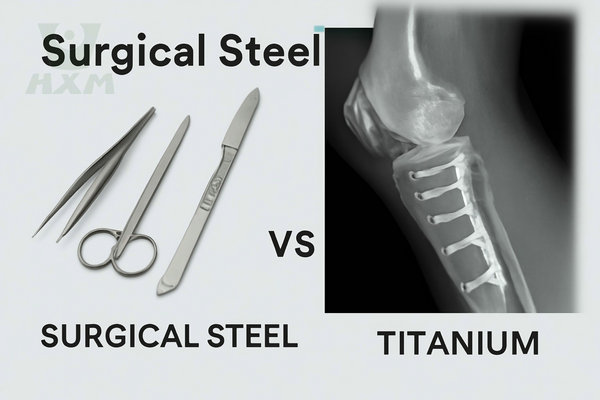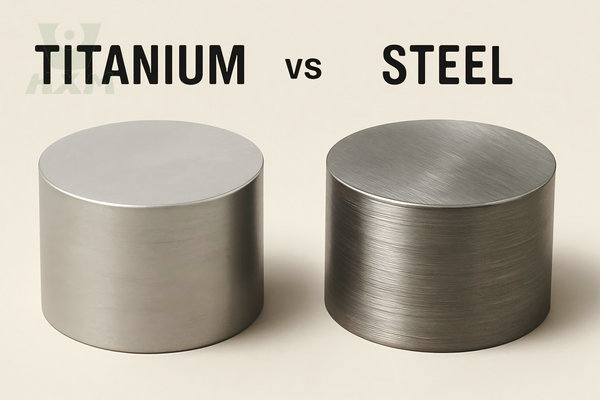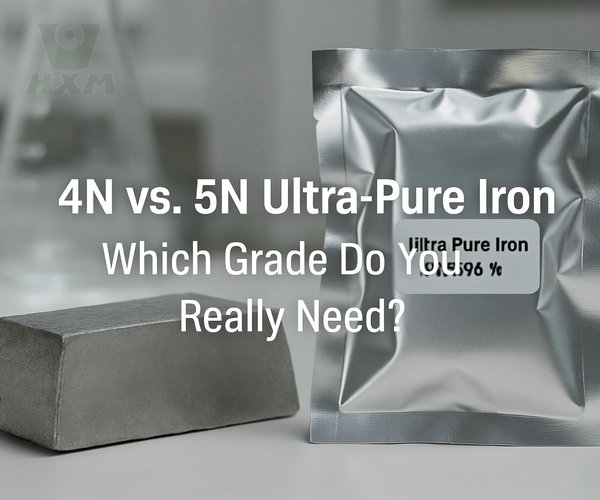0Cr17Ni4Cu4Nb 17-4PH steel is a martensitic precipitation hardening stainless steel, the steel can easily adjust the strength level, and its strength can be adjusted by changing the heat treatment process. Martensitic phase transformation and aging treatment to form a precipitation-hardening phase are its main means of strengthening. Due to its low carbon, high chromium, and copper content, 0Cr17Ni4Cu4Nb exhibits better corrosion resistance than the Cr13 type and 9Cr18, as well as 1Cr17Ni2 martensitic steel.
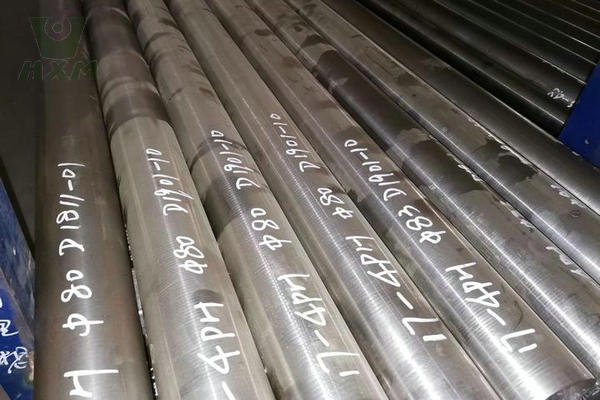
In addition, the steel attenuation performance is good, corrosion fatigue and droplet erosion resistance are better than 12% Cr martensitic steel, and the welding process is simple and easy to manufacture. Still, it is more difficult to carry out the depth of the cold molding. 0Cr17Ni4Cu4Nb is mainly used in both the requirements of stainless steel and the requirements of weak acid, alkali, salt corrosion-resistant high-strength parts. Such as turbine final blades and in a corrosive environment, the working temperature is less than 300 ℃ structural components.
This guide provides a comprehensive overview of everything you need to know about the 0Cr17Ni4Cu4Nb / 17-4PH grade, including its meaning, equivalent grades, detailed properties, and common applications.
What is 0Cr17Ni4Cu4Nb and Its Equivalent Grades?
0Cr17Ni4Cu4Nb is the Chinese GB standard designation for precipitation-hardening martensitic stainless steel. The name itself decodes its primary composition:
0Cr17: Approximately 17% Chromium (Cr)
Ni4: Approximately 4% Nickel (Ni)
Cu4: Approximately 4% Copper (Cu)
Nb: Contains Niobium (Nb)
For the global market, this grade is universally recognized by several other names. Understanding these equivalents is crucial for international sourcing and engineering specifications.
| Standard | Grade Designation |
| GB (China) | 0Cr17Ni4Cu4Nb |
| AISI/SAE (USA) | 630 |
| UNS (USA) | S17400 |
| Common Name | 17-4PH |
Throughout this article, we will use “17-4PH” and “0Cr17Ni4Cu4Nb” interchangeably to refer to this versatile material.
Chemical Composition of 0Cr17Ni4Cu4Nb 17-4PH (UNS S17400)
The unique properties of 17-4PH steel are derived from its precise chemical balance. The chromium provides corrosion resistance, while nickel, copper, and niobium act as precipitation-hardening elements that give the steel its incredible strength after heat treatment.
| Element | C | Mn | P | S | Si | Cr | Ni | Cu | Nb + Ta |
|---|---|---|---|---|---|---|---|---|---|
| Content | ≤ 0.07% | ≤ 1.00% | ≤ 0.04% | ≤ 0.03% | ≤ 1.00% | 15.00-17.50% | 3.00-5.00% | 3.00-5.00% | 0.15-0.45% |
This precipitation-hardening stainless steel combines high strength, good corrosion resistance, and excellent mechanical properties at temperatures up to 316°C (600°F).
Mechanical Properties of 17-4PH (Condition A, H900, H1150)
This is where 17-4PH truly shines. Its mechanical properties can be significantly altered through various heat treatments (aging conditions). Below are typical properties for the most common conditions.
| Property | Condition A (Annealed) | Condition H900 | Condition H1025 | Condition H1150 |
| Tensile Strength (MPa) | ~1000 | ≥ 1310 | ≥ 1070 | ≥ 930 |
| Tensile Strength (ksi) | ~145 | ≥ 190 | ≥ 155 | ≥ 135 |
| Yield Strength, 0.2% (MPa) | ~760 | ≥ 1170 | ≥ 1000 | ≥ 725 |
| Yield Strength, 0.2% (ksi) | ~110 | ≥ 170 | ≥ 145 | ≥ 105 |
| Elongation (%) | ~15 | ≥ 10 | ≥ 12 | ≥ 16 |
| Hardness (Rockwell C) | ~35 HRC | ~44 HRC | ~38 HRC | ~33 HRC |
Condition H900 provides the highest strength, while Condition H1150 offers improved ductility and stress corrosion cracking resistance.
Physical and Chemical Properties of 0Cr17Ni4Cu4Nb
After heat treatment: hardening 480°C (896°F) – 1 hour – air cooling, the following physical properties were obtained:
| Interval temperature | Thermal Expansion ax10-6°C-1 | °C | °F | Thermal Conductivity w.m-1.K-1) | |
| 0-100 | 10.8 | 20 | 68 | 14 | |
| 0-200 | 11 | 100 | 212 | 16 | |
| 0-300 | 11.3 | 200 | 392 | 18.5 | |
| 0-400 | 11.6 | 300 | 572 | 20 | |
| 0-500 | 12 | 400 | 752 | 22 | |
| 500 | 932 | 23 | |||
| Interval temperature | Thermal Expansion ax10-6°C-1 | °C | °F | Young’s Modulus (GPa) | |
| 0-100 | 10.8 | 20 | 68 | 197 | |
| 0-200 | 11 | 100 | 212 | 193 | |
| 0-300 | 11.3 | 200 | 392 | 186 | |
| 0-400 | 11.6 | 300 | 572 | 180 | |
| 0-500 | 12 | 400 | 752 | 175 | |
| 500 | 932 | 170 | |||
Processing Performance and Welding Process
The hot working temperature of 0Cr17Ni4Cu4Nb is 1000~1170℃. For parts with large cross-sectional size (≥75mm) or complex shape, they should be returned to the furnace and heated to the original hot working temperature in time after hot working, and then slowly cooled.
Scope of Use and Application
0Cr17Ni4Cu4Nb steel is the preferred material for low-end blades of steam turbines. It is a structural material under corrosive conditions with an operating temperature below 300°C. In addition, it is the main structural material for parts that require not only stainless steel, but also weak acid, alkali, and salt corrosion resistance, and high strength. It is mainly used for wear-resistant and corrosion-resistant high-strength parts of control rod drive mechanisms in fan reactor environments.
Aerospace: Landing gear components, structural aircraft parts, engine shafts, and valves.
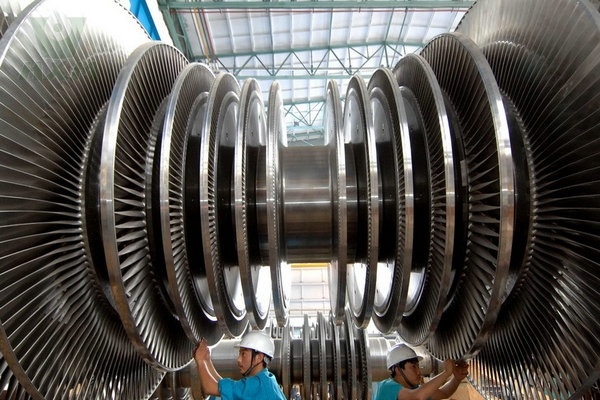
Oil and Gas: Valve stems, pump shafts, and downhole tooling.
Chemical Processing: Reactors, shafts, and other equipment handling corrosive solutions.
Food Processing: Equipment requiring both strength and cleanability, like pump parts and homogenizers.
Nuclear Industry: Components for nuclear reactors and waste casks.
General Manufacturing: High-strength fasteners, gears, and molding dies.
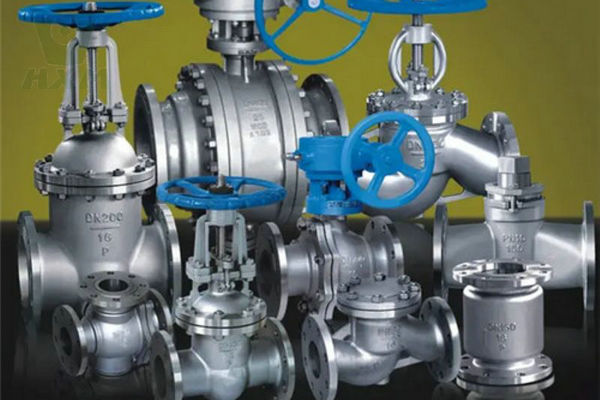
Frequently Asked Questions (FAQ)
Is 0Cr17Ni4Cu4Nb (17-4PH) magnetic?
Yes, 17-4PH is a martensitic stainless steel and is magnetic in all conditions. This is an important distinction from the common 300-series austenitic grades (like 304 or 316) which are non-magnetic.
What is the difference between Condition H900 and H1150?
The main difference is the aging temperature used during the heat treatment. H900, aged at 900°F (482°C), has the highest strength and hardness, but lower ductility. H1150, aged at a higher temperature of 1150°F (621°C), has lower strength, but significantly improved toughness, ductility, and stress corrosion cracking resistance. The choice is entirely dependent on the end-use requirements of the component.
How does its corrosion resistance compare to 304 stainless steel?
In most environments, the corrosion resistance of 17-4PH is comparable to that of the standard 304 stainless steel. However, its primary advantage is that it provides this level of corrosion resistance at a much higher strength level.
Why Choose Huaxiao Metal for Your 17-4PH Needs?
At Huaxiao Metal, we are more than just a supplier; we are your partner in high-performance materials. We offer a comprehensive stock of 0Cr17Ni4Cu4Nb / 17-4PH stainless steel in various forms to meet your exact specifications.
Available Forms: Plates, Sheets, Coils, Strips, Round Bars, and Pipes.
Quality Assurance: All our materials are fully certified and traceable, meeting international standards like ASTM A693.
Expert Support: Our team of metallurgists and sales engineers is ready to help you select the perfect grade and condition for your application.

